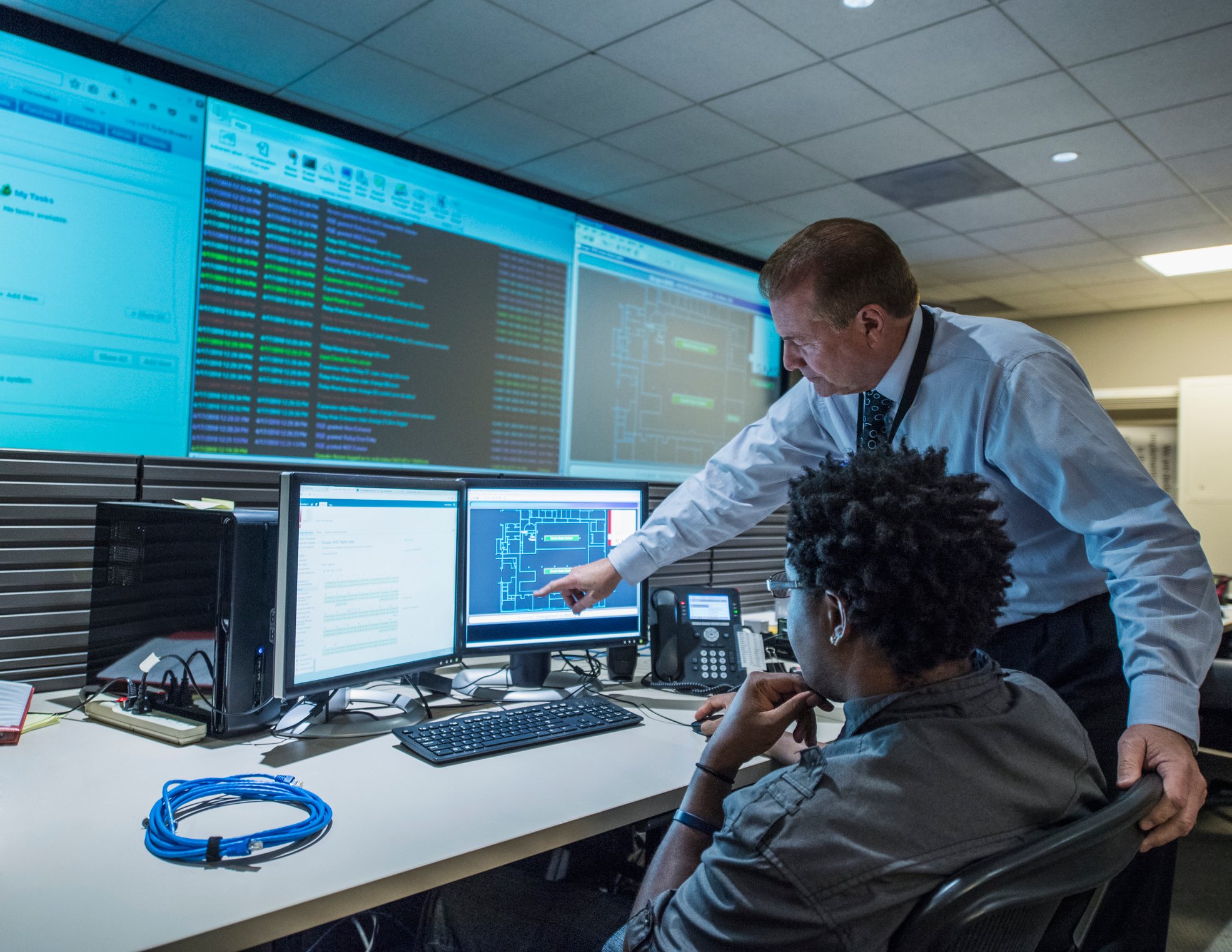No one gets fired by buying IBM. Technologists used to say this phrase in the '80s for mentally justifying the premium they paid for expensive hardware. Now, 25 years later, the same could be said for FireEye (FEYE +0.00%).
Target knew
Target's pre-Christmas data breach was designed to capture credit card information from 1,797 stores just after the swipe. This is a terrible event for a retailer, but hardly one that makes Target stand out. Hackers seem to target everybody, from three-node personal networks to the CIA. Why, then, would the company fire its CIO? It didn't make any sense until Business Week published a story about how the company was warned by FireEye that a breach had occurred, and didn't respond effectively.
Invest to keep your job
CIOs tend to turn over about every three years, which is a crazy number if you're trusting your most valuable corporate asset to somebody who's job expectancy is lower than the four-year depreciation rate on a Dell laptop. If a person takes the time to grow in an organization, and achieves such a high level of success, it stands to reason that once they are at the top, they'll cross as many t's and dot as many i's as possible to keep their position. This may make FireEye a need-to-have as opposed to a nice-to-have.
Competition for incremental dollars will be companies like Palo Alto Networks
Companies like Palo Alto Networks Inc (PANW +1.04%) and Intel Corporation (INTC +7.33%), with its McAfee suite, are considered to be competition for FireEye, and may be viewed as such by cash-strapped IT managers who have to make due with tight budgets. However, Trend Micro's focus on the desktop is less of a threat. Palo Alto, on the other hand, has been gaining share on the industry incumbents, as IDC recently ranked it in fifth place for the top security-appliance vendors.
We showed how FireEye could justify the high premium paid for Mandiant in an article on January 7. Mandiant offers the capacity to resolve the problems that FireEye detects, which is a compelling solution for personnel-stretched IT departments. At the end of the fourth quarter, FireEye only had 1,500 customers, leaving tremendous room for growth.
Quick ROI
On the most recent earnings call, FireEye guided investors to bookings of $550 million for 2014. If the customer base is 1,500, this works out to only $366,000 per customer, possibly a large budget item, but one that seems reasonable to offset a potential $17 million price tag like the one Target recently incurred.
How does the cost stack up?
In 2013, Target's IT budget was $130 million to $160 million. In hindsight, the return on investment could have been amazing... but who knew? Looking forward, though, you can bet that the CIOs of companies with revenue of more than $500 million will be thinking long and hard about how safe their customer data is. A few of them might even be considering the Net Present Value of a year of unemployment versus the cost of a year of FireEye's service.








